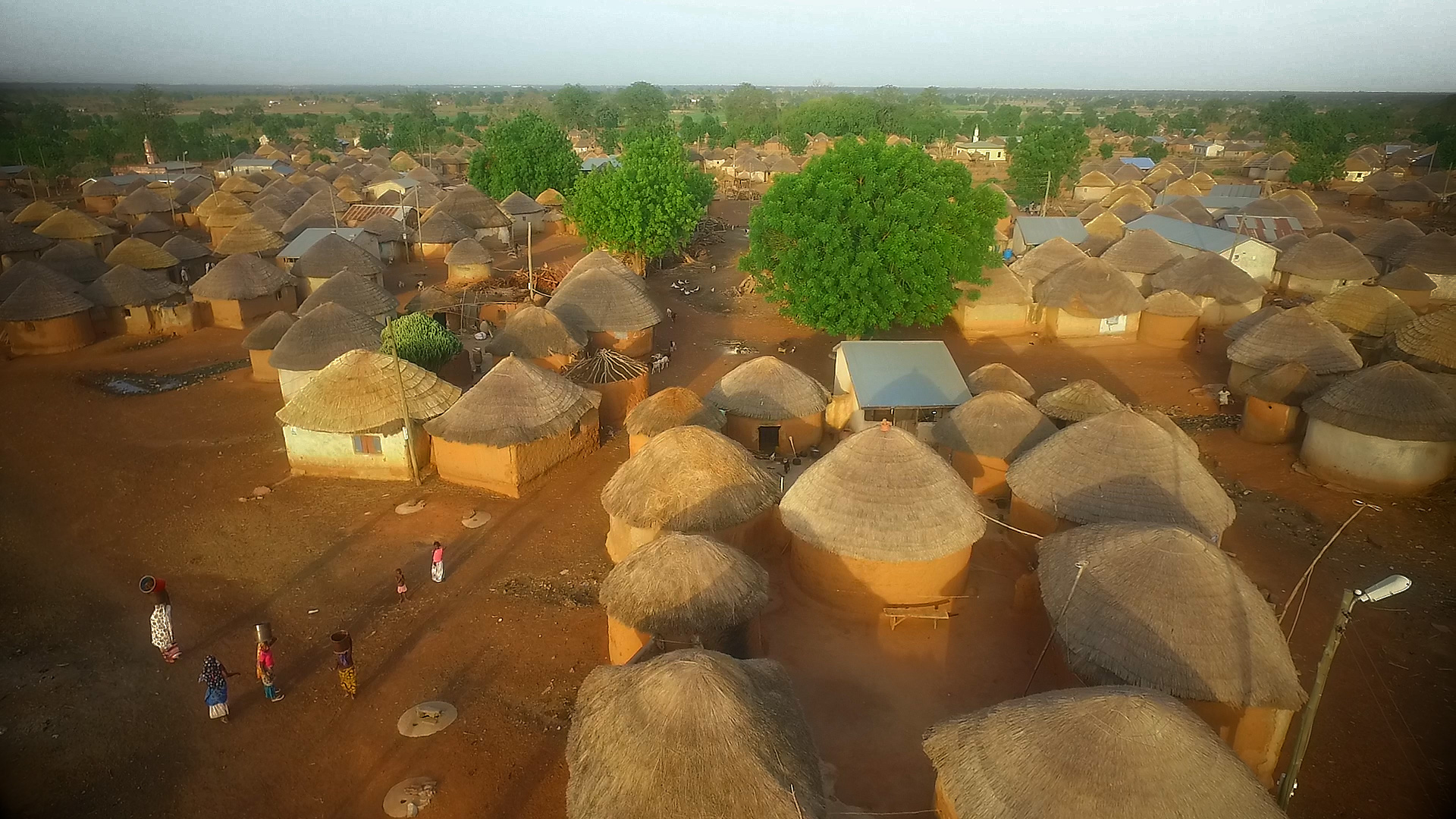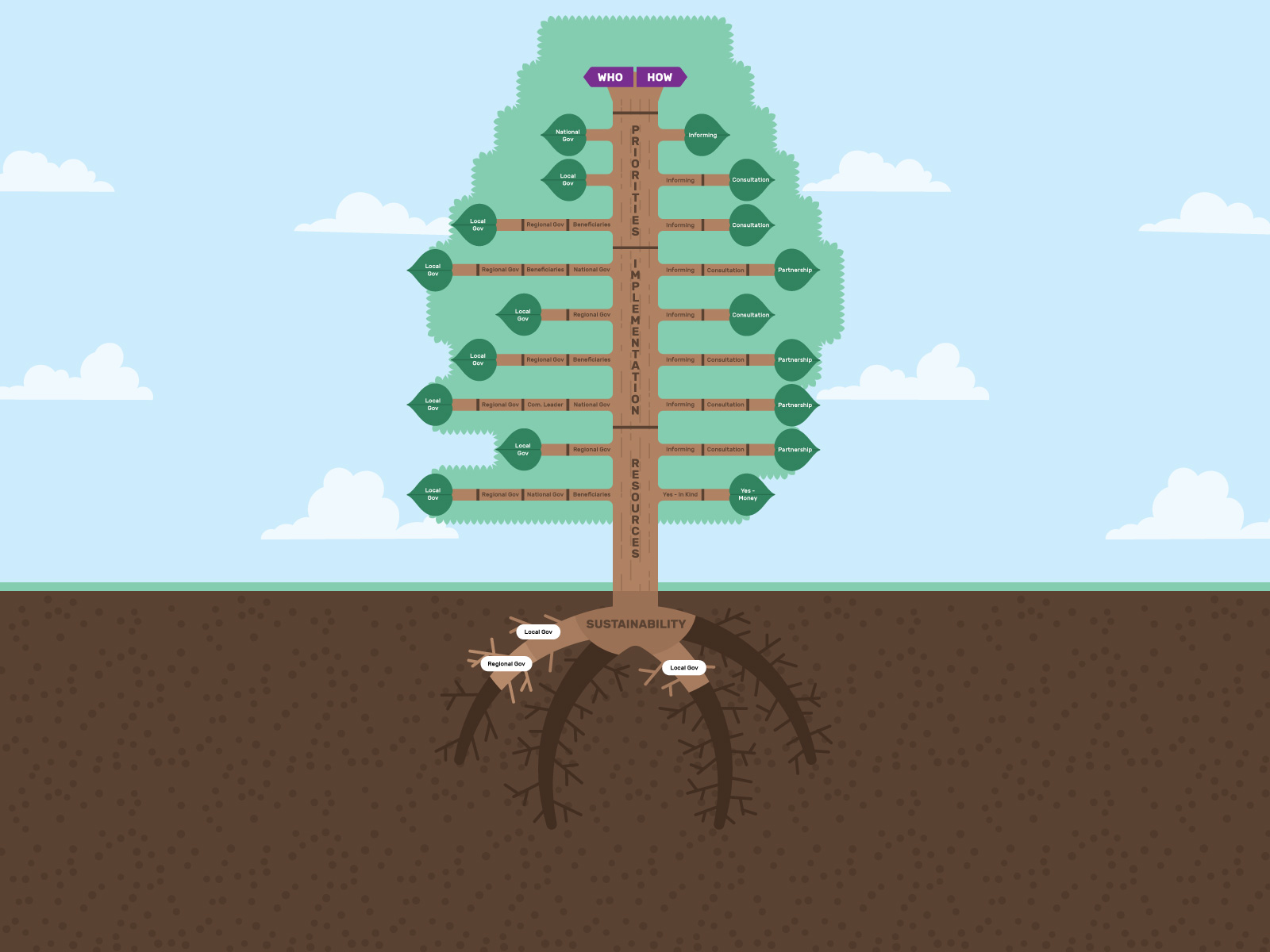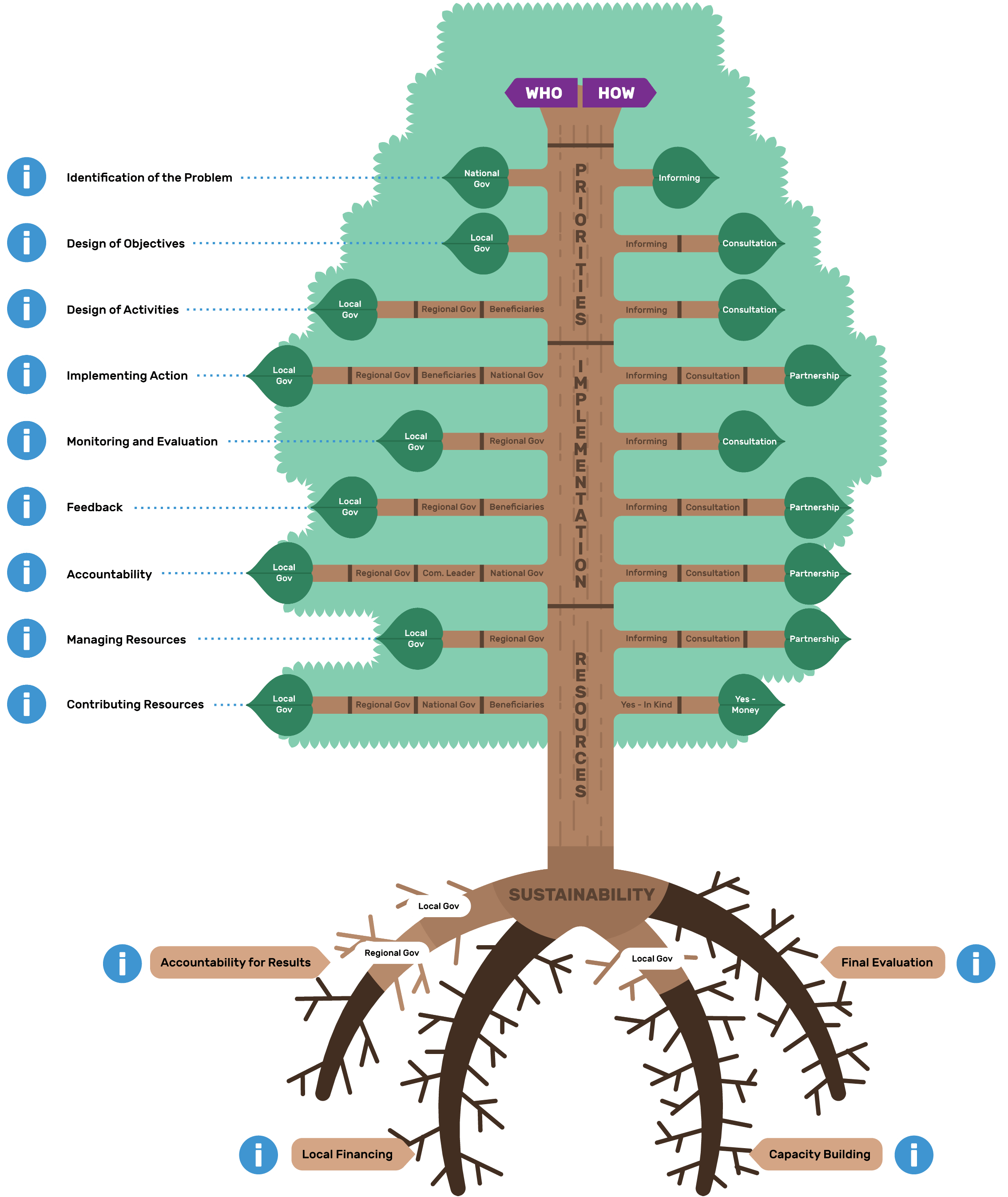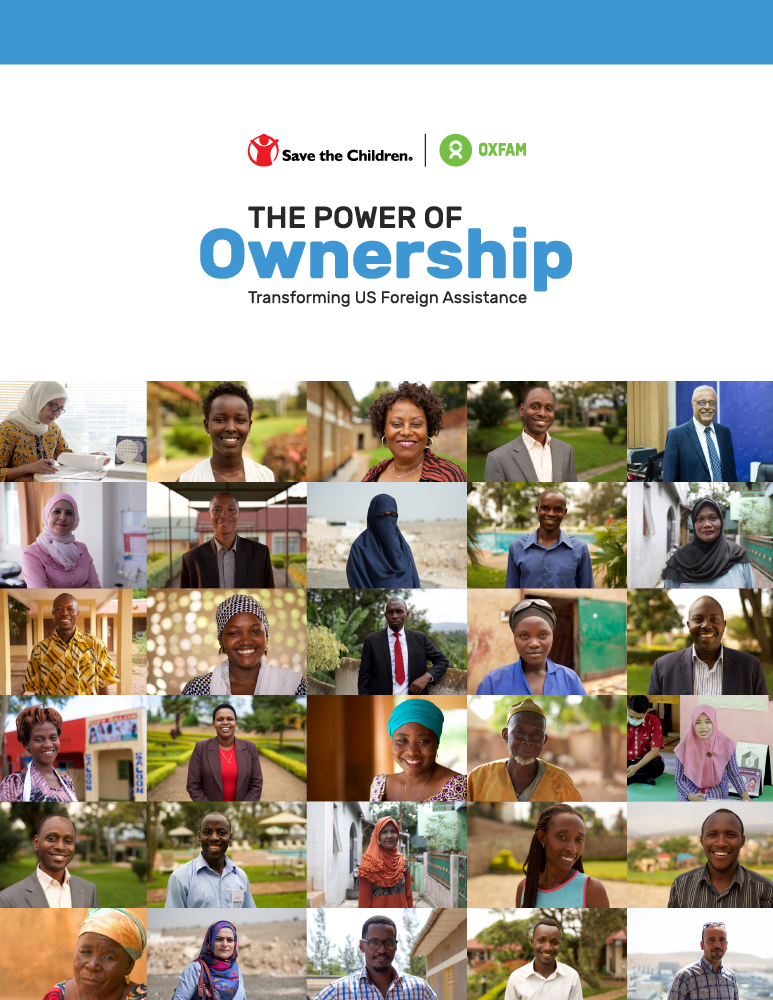USAID Resiliency in Northern Ghana Project
The Resiliency in Northern Ghana (RING) project utilized an ownership approach that empowered local government and community leaders to address chronic malnutrition at the household level. Through RING, USAID – and US-based contractor Global Communities – provided direct support to Ghanaian district and municipal assemblies, reinforcing the Ghanaian government’s long-term goal of decentralization.
The project was designed in response to—and to adhere to—USAID Forward and Local Solutions principles of working through host country financial systems and providing direct funding to local stakeholders. The $60 million, five-year project, funded in part through the Feed the Future initiative, targets vulnerable communities among the 2.2 million people living in Ghana’s Northern Region, many of whom are subsistence farmers.
RING was designed to target women in order to improve their power over household and economic decisions. This approach responded to the project’s mandate to ensure “that RING-supported interventions address the many gender inequities within households and communities that adversely affect women’s economic and nutrition status.” It included socialization of the mostly male community leadership, including traditional community leaders and the women’s family members.
One USAID respondent said that RING was “at the tip of the spear” in terms of USAID’s direct work with governments. The modality used reflects USAID’s intention to build the Northern Region’s governance structure: Rather than bypass existing government systems, RING provides funds directly to local district assembly budgets in order to strengthen their ability to service vulnerable constituents.
With the additional resources, district representatives are better able to target, implement, and monitor project interventions – including small-scale agriculture, livelihoods, savings, nutrition, and sanitation projects – to reach the most vulnerable communities. Prior to the disbursement of funds, USAID conducted financial management analyses of each of the district assemblies to assess their absorptive capacity and ability to administer increased funding. Thus far, the project seems to be incentivizing district assemblies to deliver more support to their communities. “We want to be accountable to our people,” one district assembly official in Tolon said. “The assembly is responsible for the development of their communities.”
To learn more about our analysis of this project, explore the LEAF graphic above or read the full report.



